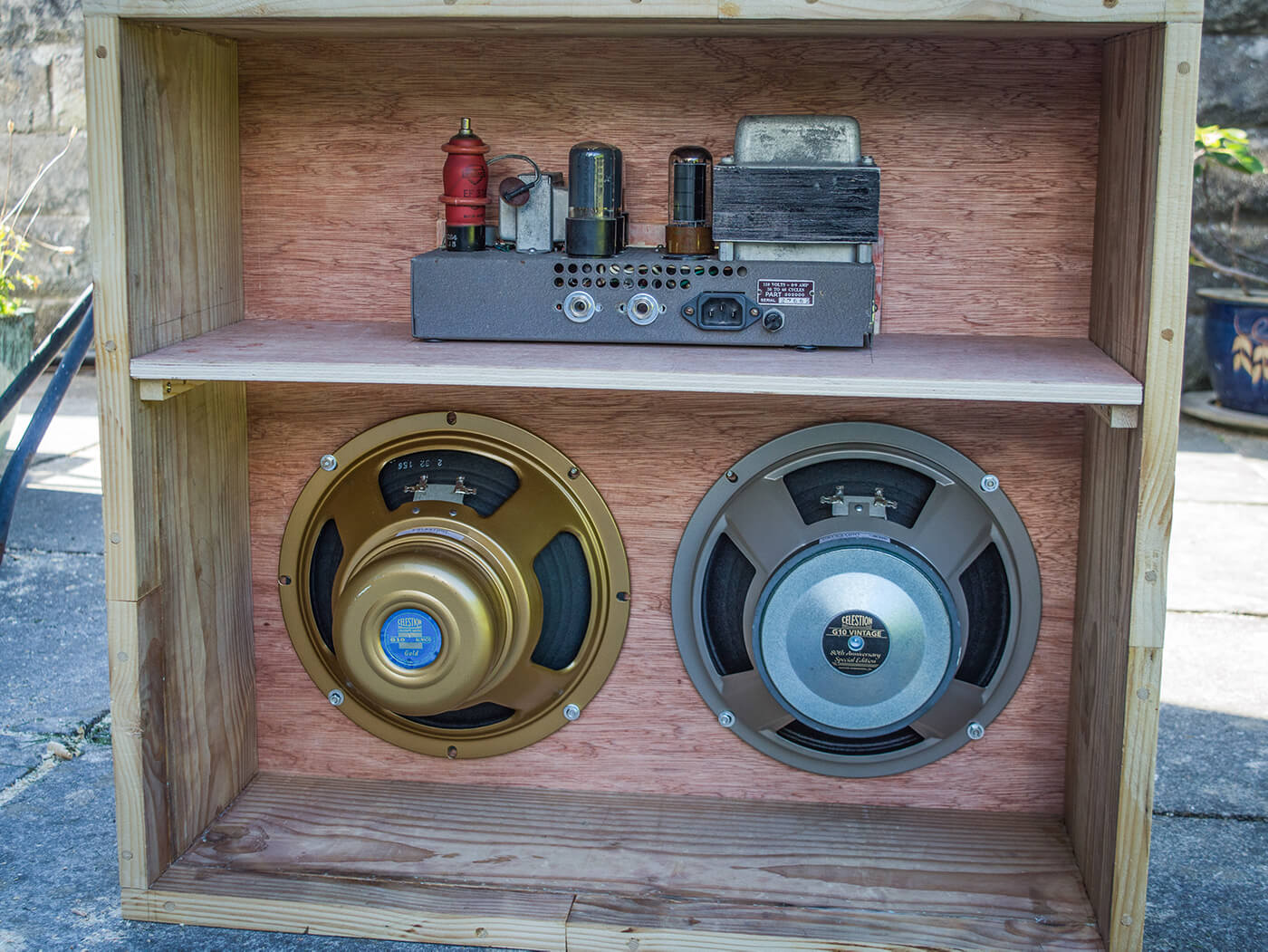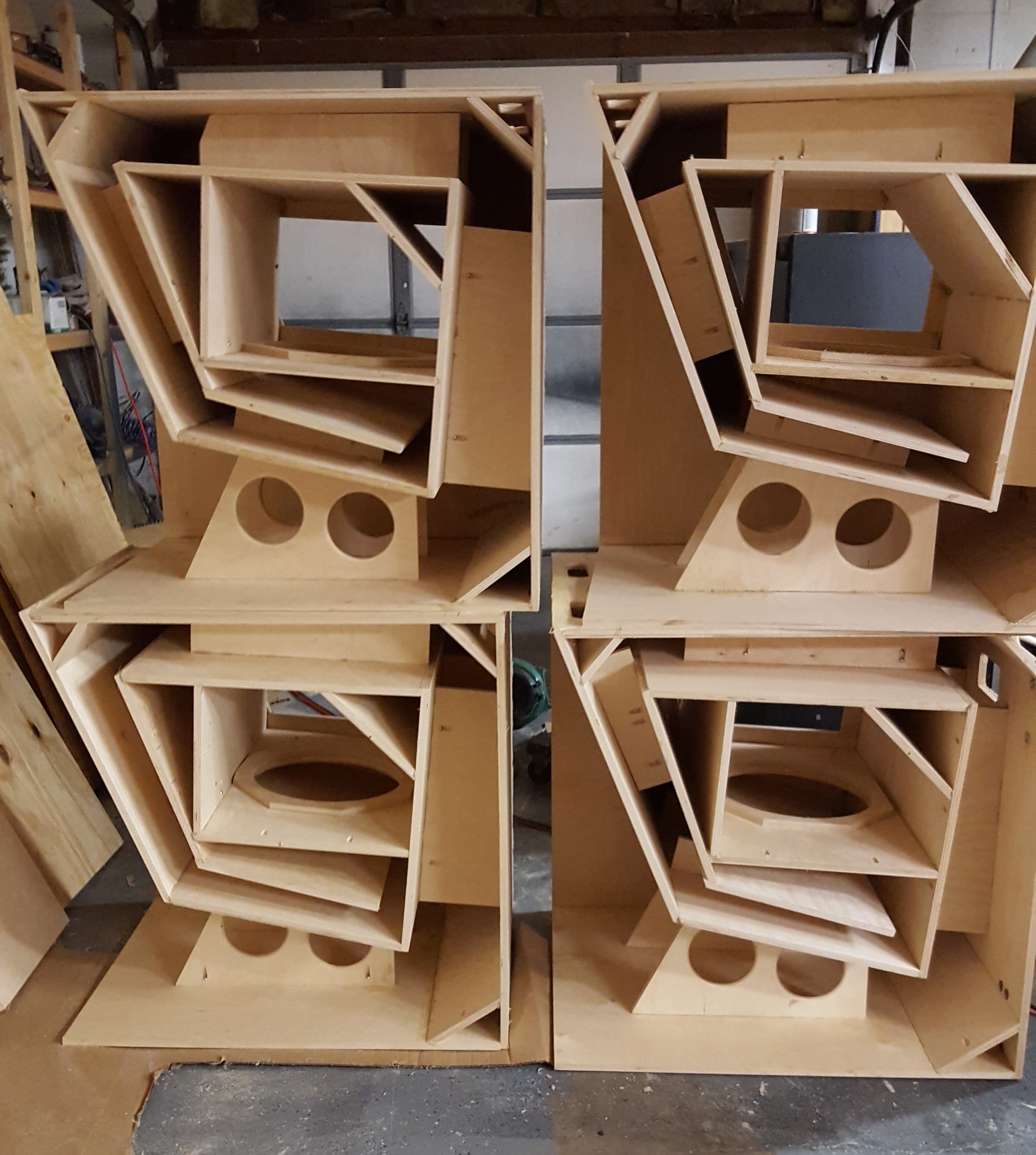Table Of Content

They are bigger, with heavier cones and strong voice coils for better bass response. They’re small, with lightweight materials like silk or metal for accurate reproduction. They have a balanced size between woofers and tweeters for smooth transitions. Some people love the sound of bookshelf speakersbecause the dispersion characteristics are difficult to duplicate by speakerswith huge drivers.
in loudspeaker design
You may also see Music Program Power Ratings, typically these are double the RMS power rating. If you see a peak power rating, its often meaningless, and serves little purpose. Peak power ratings are often four time the RMS rating, so if you see this anywhere, divide it by 4 to give you an idea of the real power rating. These chemicals make you ‘feel good’ and may go some way to explaining the positive feeling experienced by high intensity bass frequencies. To understand the science and the art of building a speaker, we sat down with Peter Comeau, director of acoustic design at International Audio Group. Manufacturers and most A/V publications love to publish ruler flat frequency response curves to highlight product positives.
LXmini...
However, the peak around 3500Hz persists, and the response doesn’t exhibit a substantial decline until after this peak. In order to achieve a satisfactory final outcome, we need to address this peak. The frequency response measurements have all been conducted utilizing a clio system paired with an appropriate microphone. As these measurements predominantly serve the purpose of illustrating comparative outcomes for educational intents, we haven’t taken the effort to meticulously calibrate the settings to precisely 1W/1M. The measurements were taken within a standard room, where minimal sound-absorbing materials have been strategically positioned on the walls to curtail reflections. It’s important to note that all the measurements presented below capture room reflections and anomalies induced by the environment.
t and 2nd Order Crossover Calculator and Response Simulator
Crossover networks divide audio into different frequency bands and send them to drivers that handle specific frequencies. Bi-wiring separates the low-frequency and high-frequency driver sections to reduce interference. With your basic 2-way system, you have a tweeter and a mid-range speaker. A 2-way systemwill not produce very deep bass, although a good mid can provide more bass than you would expect.A 3 (or more) way system adds a woofer for full bass response.

The speakers revealed nuances in the music that I hadn’t heard before. It takes technical know-how and creativity to create excellent sound quality. The problem with this method is that it ignores the phase shift that occurs when the speakersare not aligned properly. The back of each cone (where the dust cap is) should be aligned onthe same axis. Otherwise, the high notes will reach the listener before the low notes. The firstis once again to use multiple boxes, and position each box so that the rear of the cones align,as in the Von Schweikert VR-8 above.

It is important to select atweeter with a resonant frequency low enough so that the crossover frequency isa minimum of two times the tweeter’s resonant frequency. Since the Dayton RS150-8mid-bass driver is pretty large, crossing over as low as possible will providebetter off-axis dispersion. Given this,we will attempt to design a crossover frequency of less than 350Hz for wooferto midrange and 2.5kHz for midrange to tweeter. Ultimately, the crossover frequencies may change depending on how thedrivers measure in the target cabinet. With the drivers selected and T/S parameters for the low frequencydriver, we can begin designing a cabinet.
Who are Our Speakers For?
If youhave not ever studied filter design or do not know what the previously-mentionedelements are, you may want to consider studying up to improve your chances ofpulling off a working and affordable solution. Now that a suitable lowfrequency driver has been selected, it is typical to find a midrange that ismore sensitive. Generally, the lowfrequency driver does not require too much response shaping so the criticalmidrange must have enough sensitivity headroom to allow for response manipulationif needed.
Midrange Drivers
Personally, Iprefer loudspeakers that have a frequency response that tilts slightly downwardso I find the response of this speaker pleasing. It did not ultimately meet the design goal of+/-3dB frequency response deviation but it plays low bass with authority andsounds very good overall. Even though itis a ton of work, there is something very rewarding about designing aloudspeaker from the ground up and the owner of the speakers discussed in articleis extremely happy with his one of a kind creation. A 4thorder crossover rolls off frequencies at 24dB per octave where as a 1storder crossover rolls off frequencies at 6dB per octave. Lower order crossovers have less phase shiftbut tradeoff power handling and masking out of band response anomalies.
Best PC Speakers for 2024 - CNET
Best PC Speakers for 2024.
Posted: Tue, 02 Apr 2024 07:00:00 GMT [source]
Ribbon tweeters use a diaphragm and magnets to create detailed sound with low distortion. I once attended a live music concert where Bob Katz, an audio engineer, was responsible for the sound system. He placed his Hi-Fi speakers around the venue strategically, making an immersive sonic experience.
Typically those handling lower frequencies are cone drivers, and commonly known as woofers. Drivers handling higher frequencies are usually much smaller, and are often known as tweeters. In many basic speakers its common to have a woofer and a tweeter in order to cover as wide a range of the audio spectrum as is possible. Probably not – It’s best to get speakers appropriate to your requirement.
When it comes to hi-fi speakers, determining the extent of distortion is a must. Evaluating their performance means analyzing accuracy & fidelity of sound production, to guarantee optimal audio quality. In addition to measuring overall frequency response accuracy, this testing also shows any peaks or dips that can cause distortion or coloration to the sound. By understanding Power Handling and following these tips, you can enhance your hi-fi audio experience and extend the lifespan of your speakers. Evaluate your needs, select the right equipment, and take care of your setup to get the best sonic performance. By following these pointers, users can optimize the performance of their hi-fi speakers and make the most out of their sensitivity features to enjoy an exceptional listening experience.




















